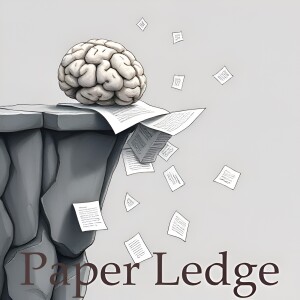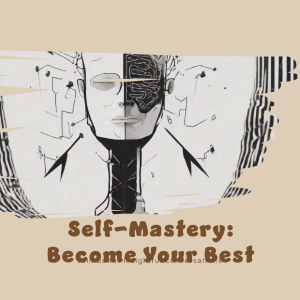

Computer Vision - Event-based Facial Keypoint Alignment via Cross-Modal Fusion Attention and Self-Supervised Multi-Event Representation Learning
Hey PaperLedge learning crew, Ernis here, ready to dive into some cutting-edge tech that's all about seeing faces, even when things get tricky!
Today we're talking about a research paper that tackles the challenge of facial keypoint alignment. Now, what is that? Think of it as pinpointing the exact locations of important features on a face – like the corners of your eyes, the tip of your nose, or the edges of your mouth. It's crucial for things like facial recognition, animation, and even augmented reality face filters.
The researchers were looking at how to do this, not with regular cameras, but with something called an event camera. These are super cool! Instead of capturing full frames like your phone camera, they only record when they see a change in brightness. Imagine it like this: instead of constantly snapping photos of a lightbulb, it only registers when you flip the switch on or off. This means they're incredibly fast and work well in low light and with really quick movements – perfect for situations where regular cameras struggle.
So, what's the problem? Well, existing face-tracking tech designed for normal cameras doesn't work very well with the data from event cameras. Event data has amazing timing information, but it can be a bit sparse visually. It's like trying to draw a portrait with only a few key lines – you might get the gist, but it's not as detailed as a full photograph. Plus, there aren't many readily available datasets of event camera footage showing faces, which makes training AI models difficult.
That's where this paper comes in! The researchers developed a clever system to overcome these hurdles. They used two main techniques:
- Cross-Modal Fusion Attention (CMFA): Think of this as bringing in a "seeing-eye dog" for the event camera. It uses information from a regular camera (RGB data) to guide the event camera in identifying important facial features. It's like having a friend point out the key details in a blurry photo. This helps the system learn more effectively from the limited spatial information available in event data.
- Self-Supervised Multi-Event Representation Learning (SSMER): This is like teaching the AI to learn from unlabeled examples. The system learns to extract useful information from a bunch of event data without needing someone to manually label all the faces. It's like learning to play the piano by listening to music and figuring out the patterns yourself, rather than having a teacher constantly telling you which keys to press.
By combining these two techniques, the researchers created a system that's much better at facial keypoint alignment using event cameras. They even created their own dataset of real-world event camera footage called E-SIE, and tested their approach on a synthetic (computer-generated) dataset, too. The results showed that their method beats other state-of-the-art approaches!
So, why does this matter? Well, imagine being able to track someone's facial expressions perfectly, even in the dark, or while they're moving around really fast. This could have huge implications for:
- Security: More reliable facial recognition in challenging lighting conditions.
- Healthcare: Analyzing subtle facial movements to detect pain or other medical conditions.
- Virtual Reality/Augmented Reality: Creating more realistic and responsive avatars.
- Robotics: Helping robots understand and interact with humans more naturally.
It opens up a whole new world of possibilities for how we interact with technology and how technology interacts with us.
Here's what I'm wondering:
- How far away are we from seeing this technology implemented in our everyday devices, like smartphones or VR headsets?
- What are some of the ethical considerations around using this kind of advanced facial tracking, especially in terms of privacy and surveillance?
That's all for this episode, crew! Keep learning, keep questioning, and I'll catch you on the next PaperLedge!
Credit to Paper authors: Donghwa Kang, Junho Kim, Dongwoo Kang
More Episodes
All Episodes>>Create Your Podcast In Minutes
- Full-featured podcast site
- Unlimited storage and bandwidth
- Comprehensive podcast stats
- Distribute to Apple Podcasts, Spotify, and more
- Make money with your podcast












